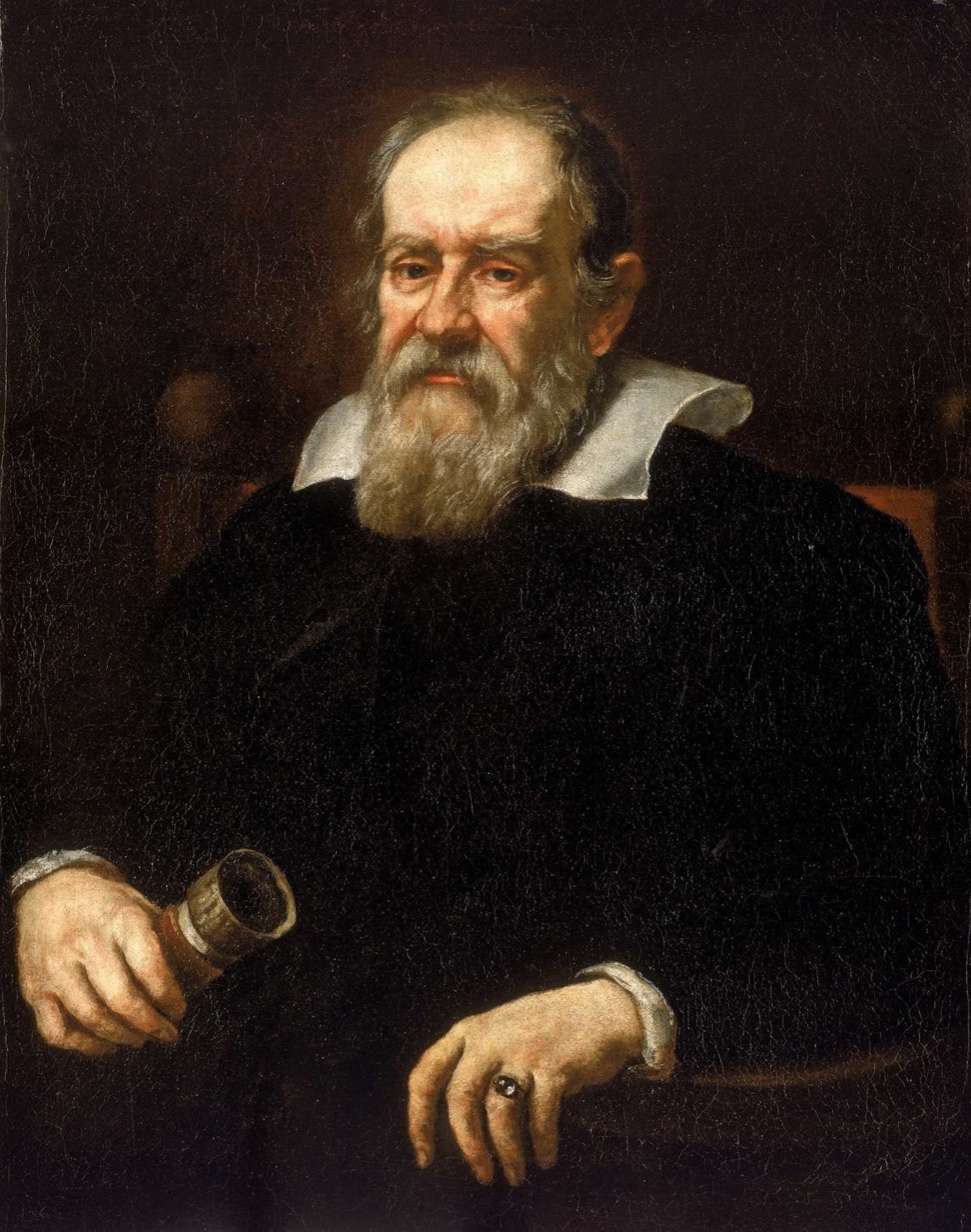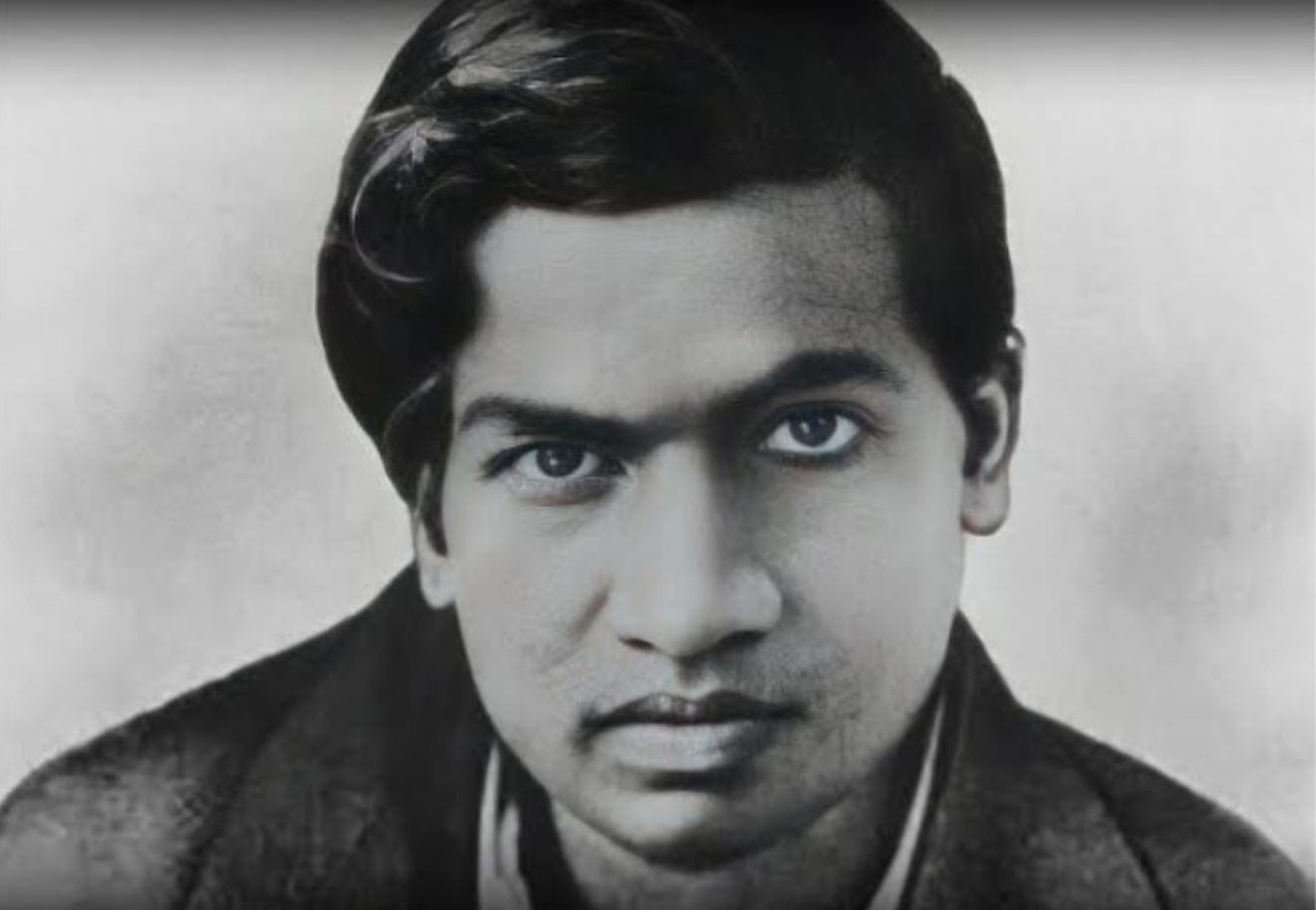Welcome, dear family, to Agama's Message by Agama Shakti!
Today’s newsletter is a short but sweet delight to read, filled with stories to inspire and spark reflection. Let’s not settle for just one tale — we’ll begin with three captivating stories!
Hipasus the Brilliant
Once upon a time, there was a brilliant mathematician named Hipasus, a devoted member of the Pythagorean school. The Pythagoreans held a firm belief that every number could be expressed as a ratio of whole numbers—a philosophy woven into the fabric of their worldview.
Hipasus, however, stumbled upon a startling discovery. While studying the properties of numbers, he uncovered something that shook the very foundation of Pythagorean thought: the square root of 2. Unlike other numbers, this one couldn’t be neatly expressed as a fraction. It was irrational, defying the tidy ratios that the Pythagoreans cherished.
The revelation left the Pythagoreans stunned. For them, numbers weren’t just mathematical tools; they were symbols of order and harmony in the universe. Irrational numbers seemed to threaten that harmony, casting a shadow over their beliefs. Rumors spread that, in a desperate attempt to preserve their ideology, the Pythagoreans either ostracized or even silenced Hipasus to bury his discovery.
Though tragic, Hipasus’s insight would live on. His finding revealed a deeper, more mysterious layer to mathematics, even if the world wasn’t yet ready to accept it.
Earth, Space, and the Heavens
In an age when the Earth was believed to be the center of the universe, there was a daring scientist named Galileo Galilei who saw things differently. Peering through his telescope, he found evidence that contradicted everything society held true. The Earth, he claimed, was not the center of all things; instead, it moved around the Sun—a radical idea called heliocentrism.
But Galileo’s vision clashed sharply with the teachings of the Catholic Church, which held the Earth-centered universe as divine truth. In 1616, the Church branded heliocentrism as heresy, condemning the very idea. Yet Galileo couldn’t ignore the truth he had uncovered. In 1632, he boldly published Dialogue Concerning the Two Chief World Systems, making a compelling case for the Sun-centered cosmos.
The reaction was swift and severe. The following year, Galileo was brought before the Roman Inquisition, not for dishonesty, but for being “vehemently suspect of heresy”—for presenting a new truth the world wasn’t ready to accept. Found guilty, he was sentenced to house arrest for life. While he wasn’t executed, he paid a heavy price for his discovery, confined to his home to prevent his ideas from spreading.
Despite his punishment, Galileo’s work endured, a testament to the struggles of those who challenge deeply held beliefs. His story serves as a reminder of how groundbreaking ideas can be seen as threats, and how those brave enough to present them are often met with punishment, even when they are right.
1729
In the world of mathematics, few stories are as captivating as that of Srinivasa Ramanujan, a man whose journey from humble beginnings in India to the prestigious halls of Cambridge embodies both genius and resilience. Ramanujan’s life is a testament to the idea that true innovation often faces fierce opposition, especially when it challenges established beliefs.
Born into a modest family, Ramanujan was driven by an insatiable curiosity about numbers. However, his path was not without obstacles. When he expressed a desire to travel to England, his mother opposed the idea, believing that a Brahmin should never cross the sea. Undeterred by familial resistance, Ramanujan’s passion for mathematics propelled him forward, ultimately leading him to Cambridge.
Upon his arrival, Ramanujan encountered skepticism from the esteemed mathematicians who inhabited those hallowed halls. Many could not fathom the depths of his intuitive brilliance, and he often faced humiliation for his unconventional methods. His ideas were so foreign that they challenged the very fabric of mathematical thought, and he quickly realized that new ideas, especially those that deviated from tradition, often draw criticism.
One notable moment in this tumultuous journey occurred during a conversation with the renowned mathematician G.H. Hardy. Curious about the origins of Ramanujan's remarkable equations, Hardy asked him how he derived his insights. With a serene confidence, Ramanujan replied that it was the goddess who inspired him. Hardy, a staunch rationalist, found this notion unfathomable, illustrating the divide between Ramanujan’s intuitive approach and the empirical mindset of his peers.
Despite the challenges he faced, Ramanujan’s contributions to pure mathematics eventually garnered the recognition they deserved. Today, his groundbreaking work is celebrated not only for its beauty but also for its profound impact across various fields, including string theory.
Reflecting on his time with Ramanujan, Hardy once remarked, “My association with him is the one romantic incident in my life.” This statement encapsulates the deep admiration Hardy had for Ramanujan’s genius—a genius that flourished even amidst adversity. Ramanujan’s story serves as a powerful reminder that the pursuit of new ideas often encounters resistance, but it is through perseverance and belief in oneself that true brilliance can shine.
The Hardy-Ramanujan number, 1729, is the smallest nontrivial taxicab number, meaning it is the smallest number that can be expressed as the sum of two cubes in two distinct ways:
1729 = 1^3 + 12^3 = 9^3 + 10^3
This number gained its fame from a story told by G.H. Hardy about Ramanujan. During a taxi ride in London, Hardy noticed the number 1729 and, feeling it was rather dull, mentioned this to Ramanujan upon visiting him in bed. He expressed his disappointment, hoping it wasn’t a bad omen. To Hardy’s surprise, Ramanujan replied, "No, Hardy, it is a very interesting number. It is the smallest number expressible as the sum of two positive cubes in two different ways." This exchange beautifully illustrates Ramanujan's profound insight into numbers, highlighting his unique perspective on mathematical beauty.
Change is the Only Constant
While the phrase "change is the only constant" rolls off the tongue easily, integrating that idea into our lives can be quite challenging. I've observed that those who achieve success—regardless of their field—do so primarily because of their ability to adapt and embrace change.
Let me share my personal understanding of this topic. I delve into various philosophies, and my interests span a wide range—from data science and home science to physics, spirituality, and religion. This eclectic mix has proven to be a blessing for me. I’ve constantly evolved and upgraded my spiritual practices.
While I lead a simple life, with just a pair of jeans and a shirt as my possessions, I strive to maintain a certain level of constancy in my personal life, or let’s say I am hesitant to embrace too many changes. However, when it comes to business, education, or spiritual beliefs, I have frequently embraced change, and this adaptability has yielded significant benefits.
For a time, I identified as an atheist, not out of defiance but to genuinely understand the perspective. And let me tell you, that period of my life was enlightening. My transition from atheism to the form of meditation I practice today was driven by sustainable evidence and personal experiences, not by fear of God, the devil, hell, or heaven. It has been a pure conscious experience that has enriched my understanding.
It's also crucial to recognize that making a decision and sticking to it is equally important, as progress takes time.
As I present this edition of Agama's Message, I want to highlight the power of change and the importance of challenging beliefs.
When I mention my period as an atheist, it reflects a transition from one belief system to another. It’s interesting to note the phrase: "Have a belief, i.e., do not have a belief." What I mean by this is that KNOWLEDGE is power—and it’s not just a saying; it’s a fact. We need to use our critical understanding and analysis to observe and make informed decisions, rather than relying on trial and error.
Having an unbiased approach toward the concepts you analyze or create is vital. I encourage you to be prepared for the consequences of your beliefs and decisions. Change can be transformative, and challenging our beliefs can lead to profound insights and growth.
Embrace it!
How to Embrace Change
Embracing change can be challenging, but following these five easy steps can help you adapt more easily:
Shift Your Mindset: View change as an opportunity for growth rather than a threat. Focus on the potential benefits and new possibilities that change can bring.
Stay Informed: Educate yourself about the change. Understanding the reasons behind it and how it will affect you can reduce uncertainty and anxiety.
Develop a Support System: Surround yourself with supportive people who can provide encouragement and share their experiences. This can include friends, family, or colleagues.
Take Small Steps: Break down the change into manageable tasks. Taking small, actionable steps can help you feel more in control and reduce overwhelm.
Practice Flexibility: Be open to adjusting your plans and expectations as needed. Flexibility allows you to respond positively to unexpected challenges and find new paths forward.
Closing Remarks
Well, this didn’t turn out to be as short as I expected, and I’m not going to change the introduction part—haha! Thank you for reading this edition. I feel blessed to share my experiences and thoughts with the souls I call family. Feel free to share your love by reaching out to me at agamashakti@gmail.com. Although I don’t check my email very often these days, I assure you that I read every message.
Seeking your love and blessings,
Yours truly,
Vishal Rajput ❤️
Wishing you a very happy Deepavali! 🪔 Take care, dear friends!










